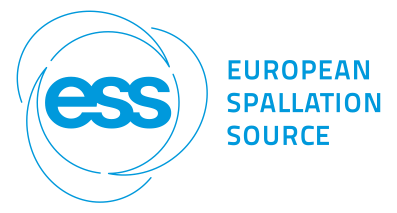Speaker
Dr
Jean-Christophe Sublet
(United Kingdom Atomic Energy Authority)
Description
J-Ch. Sublet, M. Fleming, M. R. Gilbert and A. Koning*
UK Atomic Energy Authority, Culham Science Centre, Abingdon OX14 3DB, United Kingdom
*International Atomic Energy Agency, Vienna International Centre, 1400 Vienna, Austria
The inventory code FISPACT-II is a powerful simulation system for modeling activation, transmutation processes and simulating radiation damage sources terms. When coupled with complete nuclear data forms including the TENDL neutron and charged particle induced reaction libraries, GEF energy-dependent fission yield files and full TALYS/spectra-PKA knock-on atom spectra, FISPACT-II can provide robust, predictive calculations for a large variety of applications. It has been extensively tested and also benefits from the feedback from wide-ranging validation and verification activities.
The system has extended nuclear data forms and new software. FISPACT-II, written in object-style Fortran to provide new capabilities for the simulation of activation, transmutation, depletion and burnup, while following full decay paths and generating radiation damage and source terms. The latest FISPACT-II code has allowed us to implement many more features, including an extended energy range, up to GeV; incident particles: alpha, gamma, proton, deuteron and neutron; primary knock on atoms spectra and more neutron physics: self-shielding effects, temperature dependence, thin and thick target yields, pathways analysis, detailed inventory, sensitivity and error estimation using covariance data.
These extended capabilities better cover accelerator particles physics, astrophysics, and material sciences. The TENDL data forms pushed to the GeV incident includes extended spallation products as well as open fission channel on non-actinides. These are complemented with GEFY fission yields for 109 targets and GEF-based energy dependent fission yields for others of interest. With the ability to account for all isomers, including those as target (1 sec. half-life minimum) and daughter (0.1 sec.), TENDL provides FISPACT-II with the ability to calculate robust time dependent inventories without omissions.
http://fispact.ukaea.uk/
http://www.sciencedirect.com/science/article/pii/S0090375217300029
Summary
Abstract submitted to 4th International Workshop on Accelerator Radiation Induced Activation (ARIA’17) European Spallation Source, May 22-24, 2017, Lund, Sweden
Author
Dr
Jean-Christophe Sublet
(United Kingdom Atomic Energy Authority)
